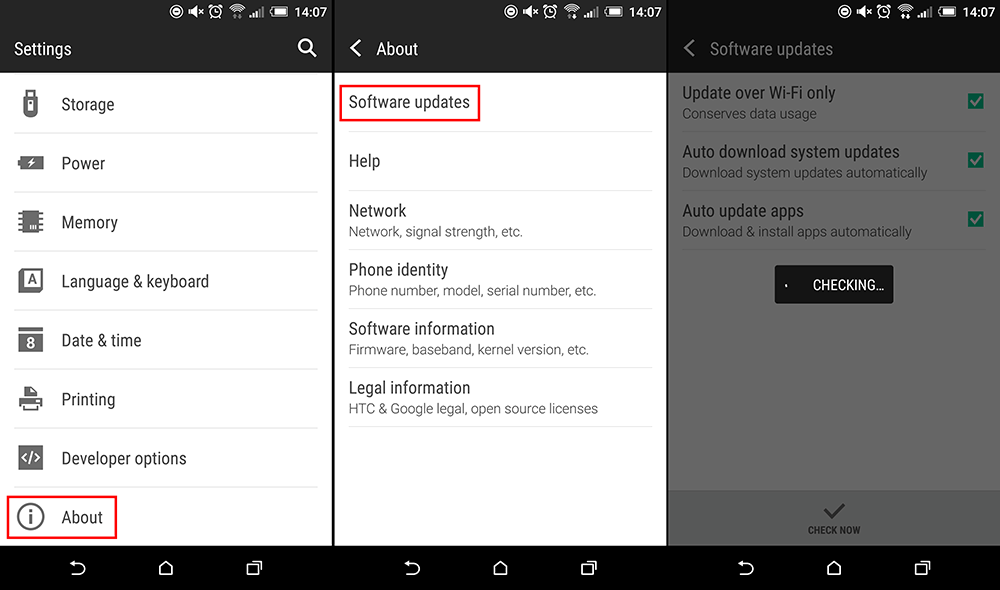
In order to avoid a slowdown in the process as the determination is made, the processor can speculatively execute the read instruction, which can either be deleted if permission is rejected, or used to provide a speed boost once it's accepted. For example, if the next instruction in the line tries to access a memory resource using a read operation, it may take some time to determine whether it has permission to access it. In the event that a resource does become idle, modern processors are also built to perform speculative executions.

This means that a process isn't necessarily carried out in a step-by-step order, as this might leave parts of the chip idle while it waits for the first step to be finished. In order for processors to be as efficient as possible, individual instructions are carried out based on what resources are available, rather than in a serial fashion. Dubbed MeltdownPrime and SpectrePrime, the exploits are able to take advantage of modern processor designs that prioritise speed and efficiency over security. It now appears that such exploits have been discovered by a team from Princeton University, in collaboration with Nvidia. Intel has developed a number ofmicrocode solutions to protect its customers against the Meltdown and Spectre exploits.

:Intel releases fixes for Kaby Lake, Coffee Lake and Skylake-based platforms The processor company is yet to release fixes for Ryzenfall, Masterkey, Fallout, and Chimera vulnerabilities disclosed last month by Isreali firm CTS Labs.

He added that users would be able to install the microcode by downloading BIOS updates provided by PC and server manufacturers and motherboard providers - meaning customers must wait for companies to make the fixes available.Īs for the danger posed by Spectre Variant 1, AMD said in January that it could be contained with Microsoft operating system patches, released earlier in the year.ĪMD did not disclose any details about fixes for processors older than the Bulldozer line. Papermaster added that the updates alongside his firm's recommended mitigations addressing Variant 2 have been released to customers and partners for AMD processors dating back to the first "Bulldozer" core products introduced in 2011.


 0 kommentar(er)
0 kommentar(er)
